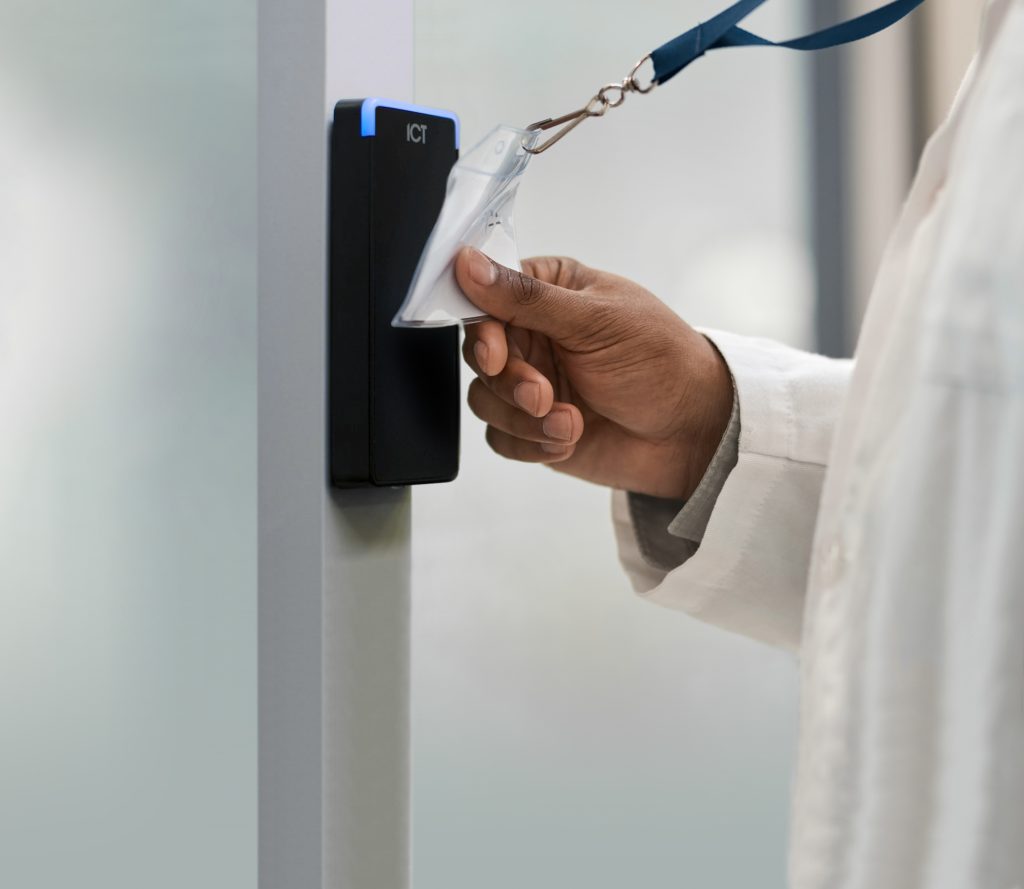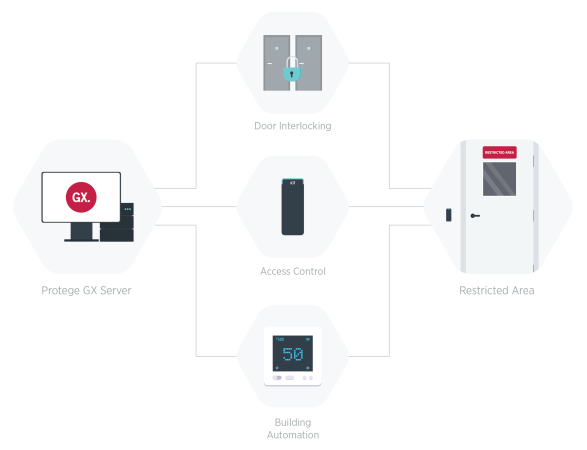
News
Door interlocking: a simple approach to securing hazards
Why ICT’s unified platform means you no longer need a separate system to control door interlocking.
July 14, 2022 Sponsored by 
 Image: ICT
Image: ICT 
Image: ICT
Historically, sites have required additional systems to enable door interlocking, which weren’t easily integrated with the on-premises access control. But with this feature built into ICT’s Protege platform, it’s easy to use door interlocking as part of a unified access control and building automation solution.
These days interlocks are used across many industries including pharmaceutical clean rooms, correctional facilities, wildlife enclosures, and data centers. While interlocks at a zoo are designed to keep animals inside their enclosures, other environments use them to keep people or objects outside, such as restricting access to authorized users in areas at a data center, or as a safe, intermediary space to make sure weapons and other contraband stay out of prisons.
Door interlocking really comes into its own when it’s part of an integrated platform. And unlike other manufacturers, ICT’s door interlocking solution means no additional software is required, and can be configured in just a few short steps.
It’s simple to combine the interlocks with two-factor authentication if increased security is required. You can incorporate building automation so that HVAC or lighting functions are triggered when an interlock is opened.
Interlocks for growth industries
Pharmaceuticals and cannabis are two growth industries in North America worth highlighting for their unique security and environmental control requirements – both of which can benefit from an integrated door interlocking solution.
Since it’s legalization in 2018, most people would be aware of the staggering growth of the cannabis industry. Canadian figures are expected to grow from $5.5B this year to $8.8B in 2027. Clean rooms are also a booming industry, with the North American pharmaceutical clean room market expected to grow by 7.2% annually for the next 6 years, according to The Insight Partners.
Pharmaceutical clean rooms (or other locations such as research facilities and laboratories) often require environmentally controlled rooms to prevent contamination and ensure the integrity of any work being carried out. A small corridor and two airtight doors separate the room from other areas. Sensors check that pressure or temperature levels are correct before allowing the door to unlock, while door interlocks prevent both doors from being unlocked simultaneously.
Integration extends benefits
While commercial cannabis operations also maintain controlled environments for optimal growth, they are also subject to very specific security and reporting requirements. Door interlocking denies access until the interlocked door is sealed, but the integrated technology can also help provide an additional level of support with compliance types.
Not only can you control access based on access levels, but you can also use compliance types to ensure the person trying to enter a restricted area has the appropriate current training and certification. As well as restricting access to those that are certified you also gain an extra layer of reporting to show that the cleanroom was always in compliance.
No longer just containment
ICT’s unified access control, intruder detection, and building automation solutions mean that door interlocking has moved from simple containment to part of a multi-functional system that is increasingly safe, automated, and accountable.
To find out more about door interlocking as part of an ICT solution, visit info.ict.co/spt-interlocking
Pat Alvaro is Country Manager, Canada at ICT (www.ict.co)
Print this page
Advertisement
- Eagle Eye Networks celebrates 10 year anniversary
- Most organizations still using older security technologies says IFSEC Global Report